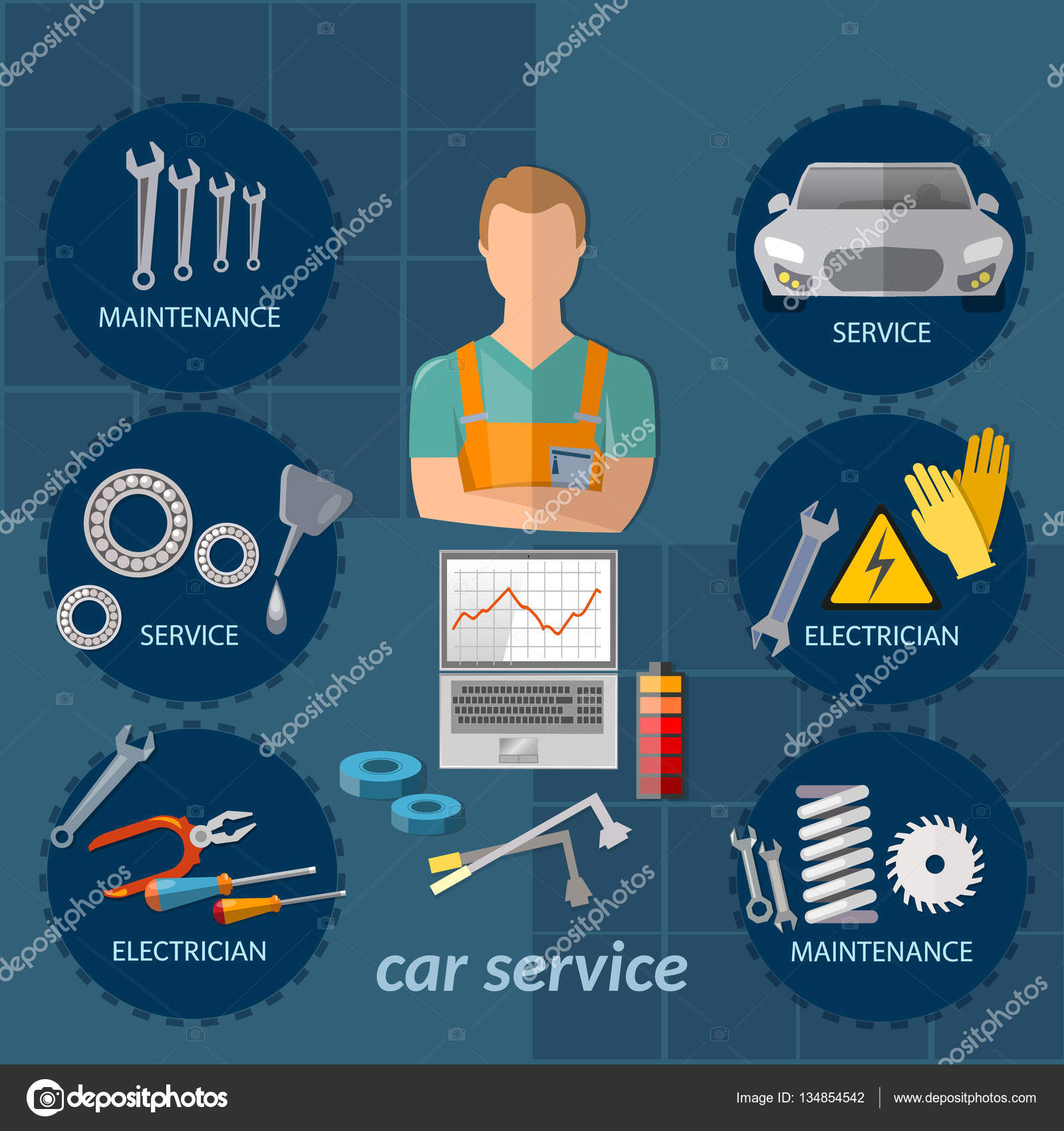Lift The Hood To Reveal Normal Brake System Troubles And Their Solutions
Lift The Hood To Reveal Normal Brake System Troubles And Their Solutions
Blog Article
Web Content By-Hinrichsen Damborg
When it pertains to your vehicle's brake system, understanding usual problems can save you from prospective safety and security hazards. From recognizing brake pad wear to dealing with brake liquid leaks, understanding how to deal with these issues is crucial. However what concerning those spongy brake pedals? There's a repair for that too. Stay tuned to learn custom exhaust systems regarding these problems and the useful solutions that can keep you safely on the road.
Brake Pad Put On and Substitute
When it pertains to maintaining your automobile's brake system, one critical aspect to keep an eye on is the wear and substitute of brake pads. Brake pads are essential parts that push versus the brake rotors to reduce or quit your lorry. With time, these pads wear down as a result of friction, calling for normal inspection and replacement to ensure your brakes work effectively.
To identify if your brake pads need replacement, pay attention for shrilling or grinding noises when you apply the brakes. In addition, if your car takes longer to quit or you notice resonances or pulsations when stopping, it may be time to replace the brake pads.
Overlooking worn brake pads can cause lowered braking efficiency, damage to other brake components, or perhaps brake failure.
Replacing brake pads is a reasonably uncomplicated procedure for many automobiles. Nonetheless, if you're uncertain or uncomfortable doing this task, it's ideal to speak with a specialist auto mechanic to ensure correct installation and optimal brake efficiency.
Frequently inspecting and changing brake pads is crucial for your safety and security and the long life of your car's braking system.
Brake Liquid Leaks and Maintenance
To ensure your automobile's brake system functions optimally, it is essential to also take notice of brake liquid leaks and upkeep. Brake fluid is crucial for transmitting the force from your foot on the brake pedal to the actual braking mechanism. One common concern with brake liquid is leakages, which can take place because of shabby brake lines, seals, or links. If you observe a puddle or leaks under your auto, it's essential to resolve the leakage immediately to avoid a prospective brake failure.
https://air-lift-performance28383.vblogetin.com/35846074/an-important-reference-book-highlighting-the-key-instruments-present-in-every-vehicle-repair-shop-discovering-the-methods-for-optimal-vehicle-maintenance inspecting your brake fluid level is vital to keeping your brake system. Low brake fluid can bring about air getting in the brake lines, which compromises stopping efficiency.
Furthermore, old or infected brake liquid can influence the overall effectiveness of your brakes. Read A lot more 's advised to adhere to the supplier's standards on when to alter the brake liquid, generally every 2 years.
Spongy Brake Pedal: Blood Loss Brakes
If you have actually ever experienced a spongy brake pedal while driving, you comprehend the value of maintaining a firm and responsive stopping system. One typical root cause of a mushy brake pedal is air trapped in the brake lines. When air enters the brake system, it can cause a loss of hydraulic stress, causing that distressing squishy feeling when you push the brake pedal.
To settle this problem, hemorrhaging the brakes is required. Hemorrhaging the brakes involves getting rid of the air from the brake lines to restore appropriate hydraulic stress.
To https://spectrumnews1.com/wi/milwaukee/news/2022/05/01/madison-auto-repair-shop-is-changing-the-face-of-auto-repair , you'll require a helper to help you. Begin by locating the brake bleeder valve on each wheel, normally found near the brake caliper. With a wrench, loosen up the valve and have your assistant press the brake pedal while you observe any kind of air bubbles coming out. Repeat this process for every wheel, beginning with the wheel farthest from the master cyndrical tube and relocating closer.
As soon as you no more see air bubbles and just clear fluid emerges, tighten the valve and top up the brake liquid reservoir as required. Hemorrhaging the brakes aids guarantee a company brake pedal and boosts general stopping efficiency.
Final thought
Now that you comprehend usual brake problems and just how to fix them, you can ensure your car's safety and efficiency. Keep in mind to pay attention for warning signs like shrieking sounds or mushy brake pedals, and address them promptly. Routine maintenance and prompt replacements are essential to maintaining your brakes in leading problem. Keep aggressive and conscientious to your brake system to take pleasure in safe and dependable driving experiences.
